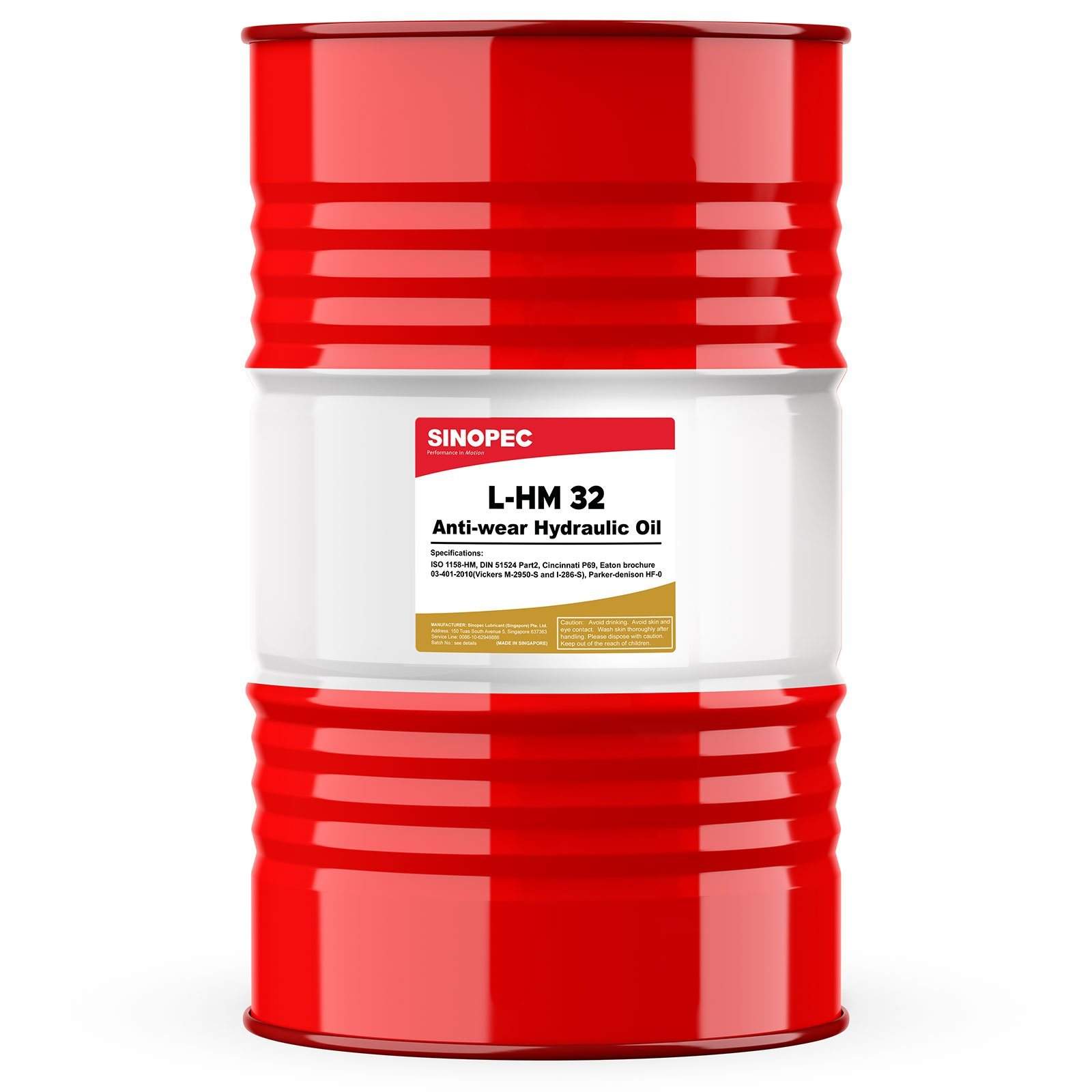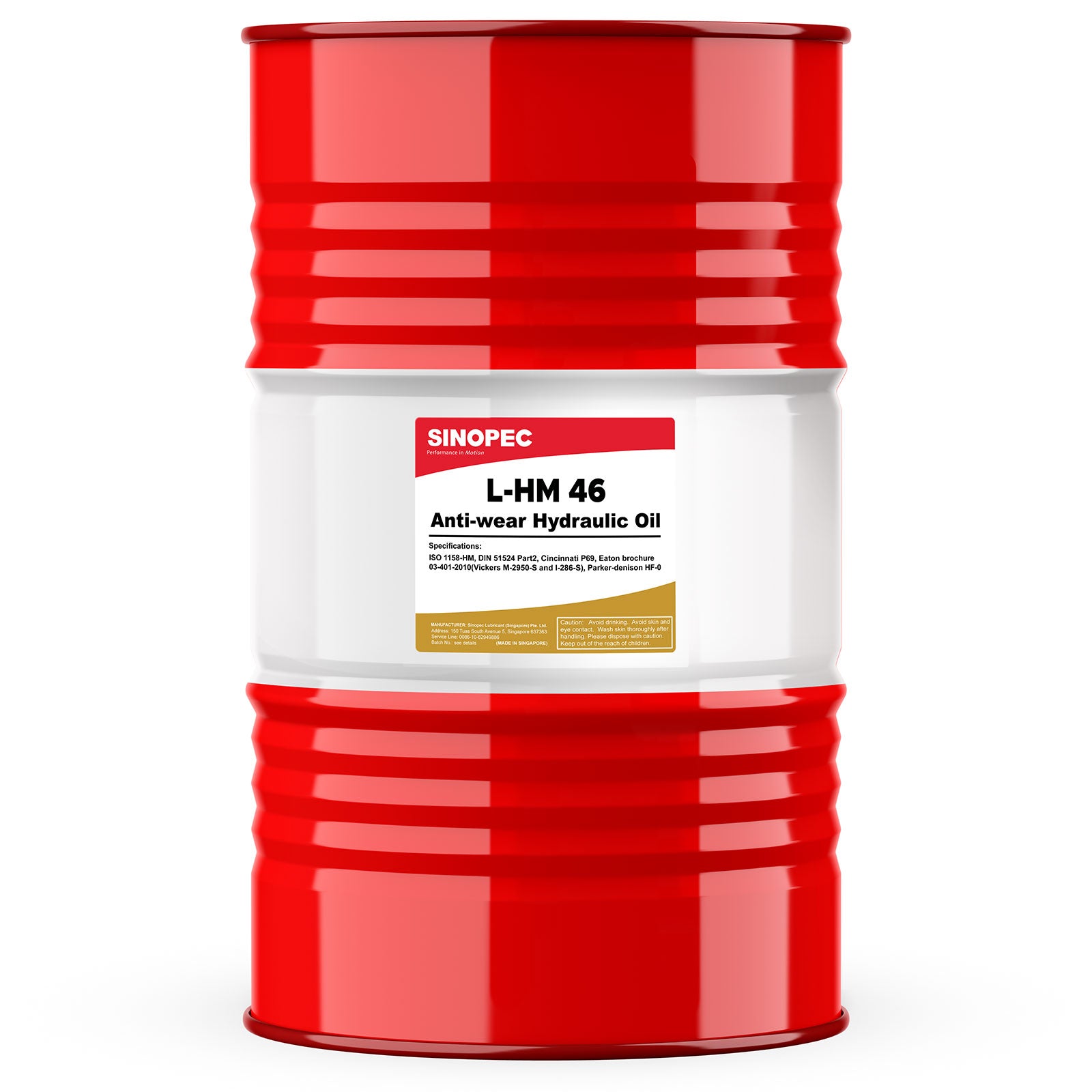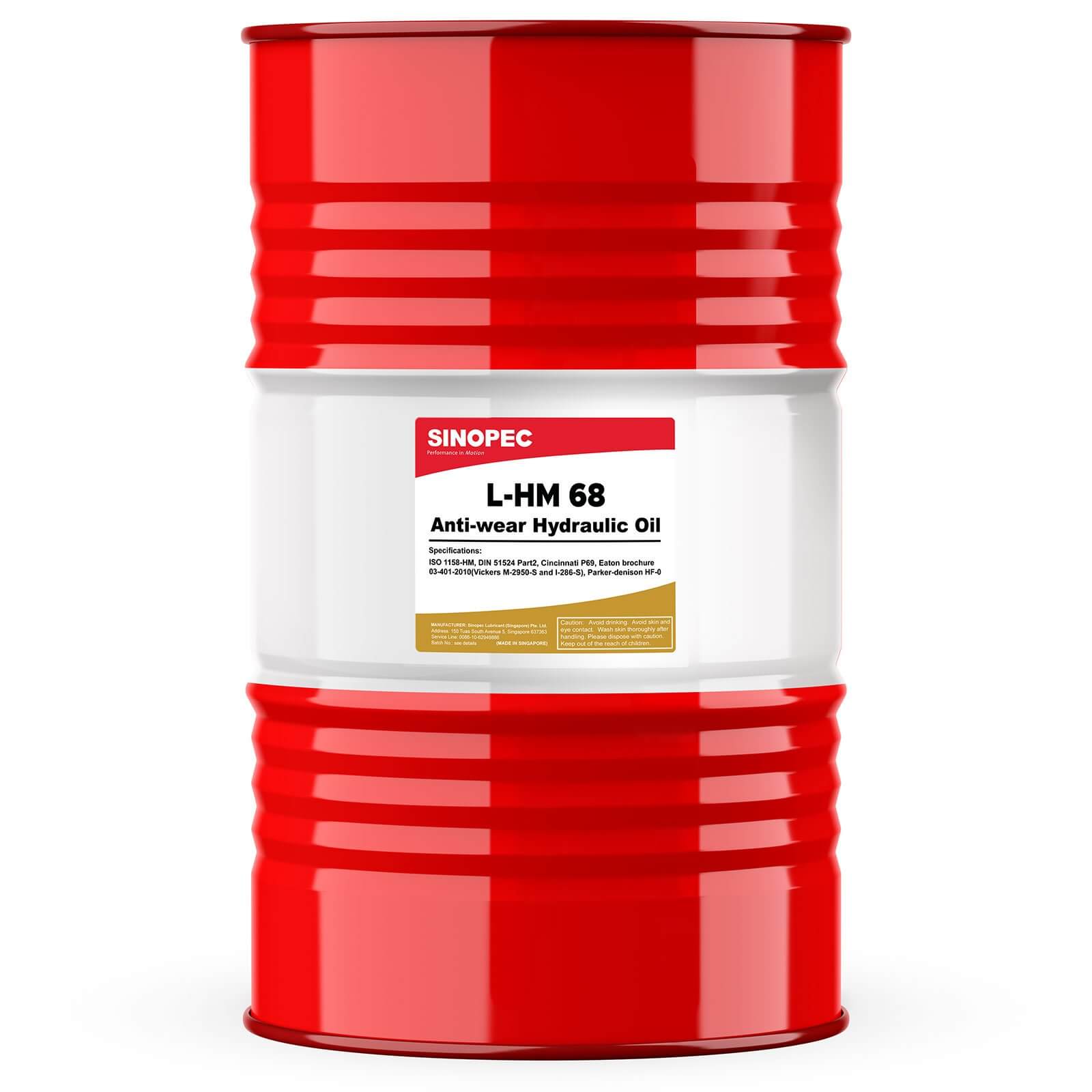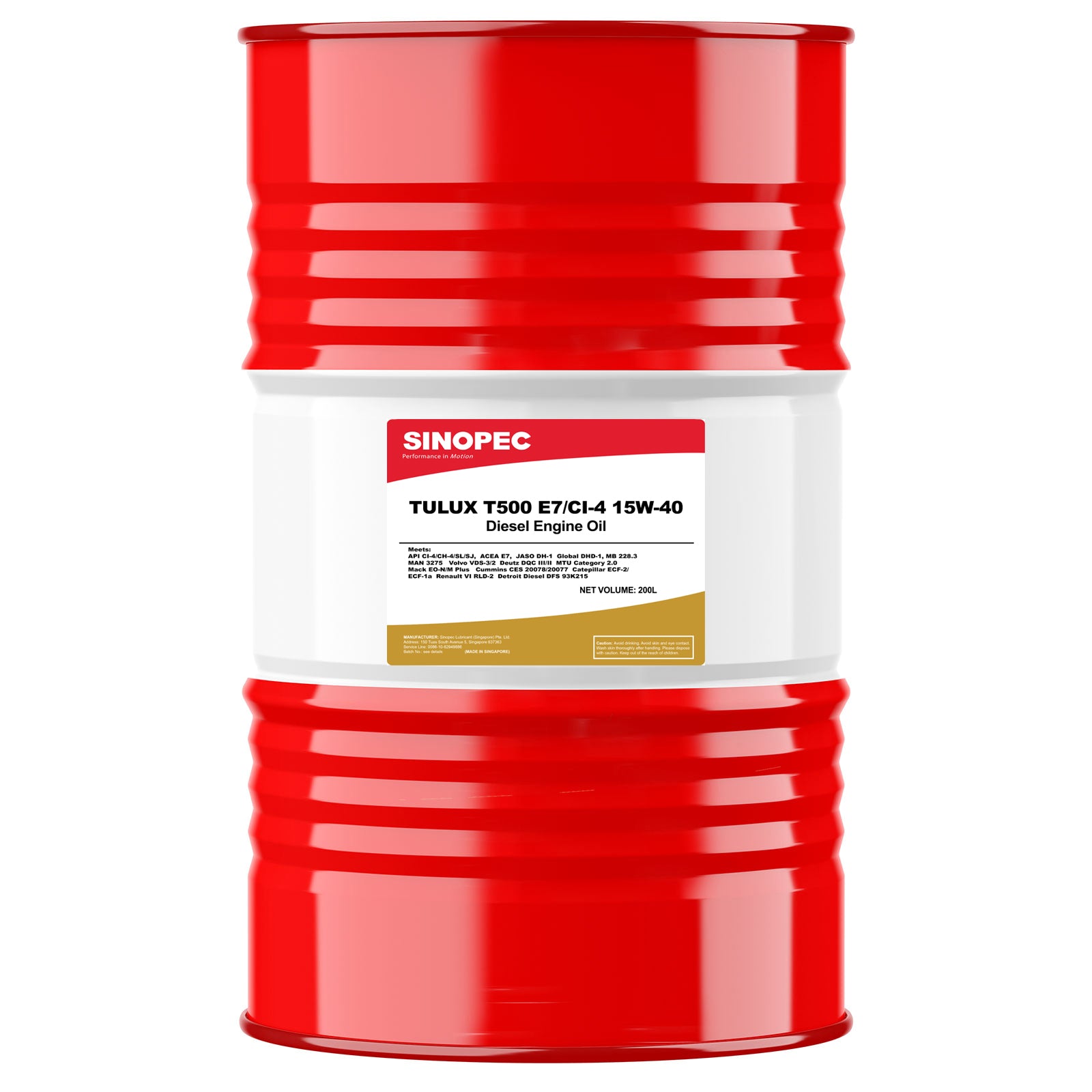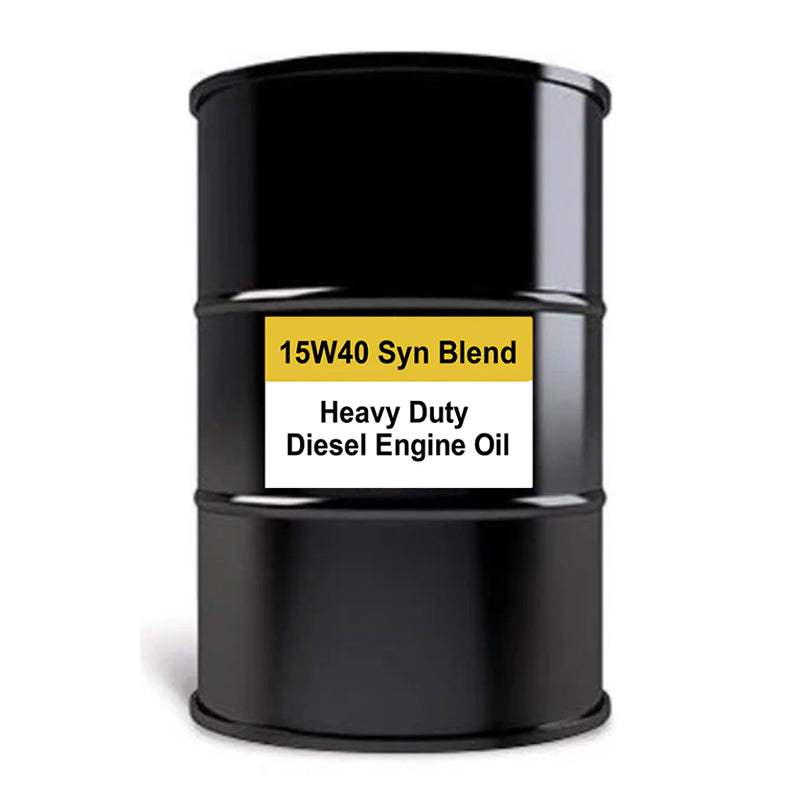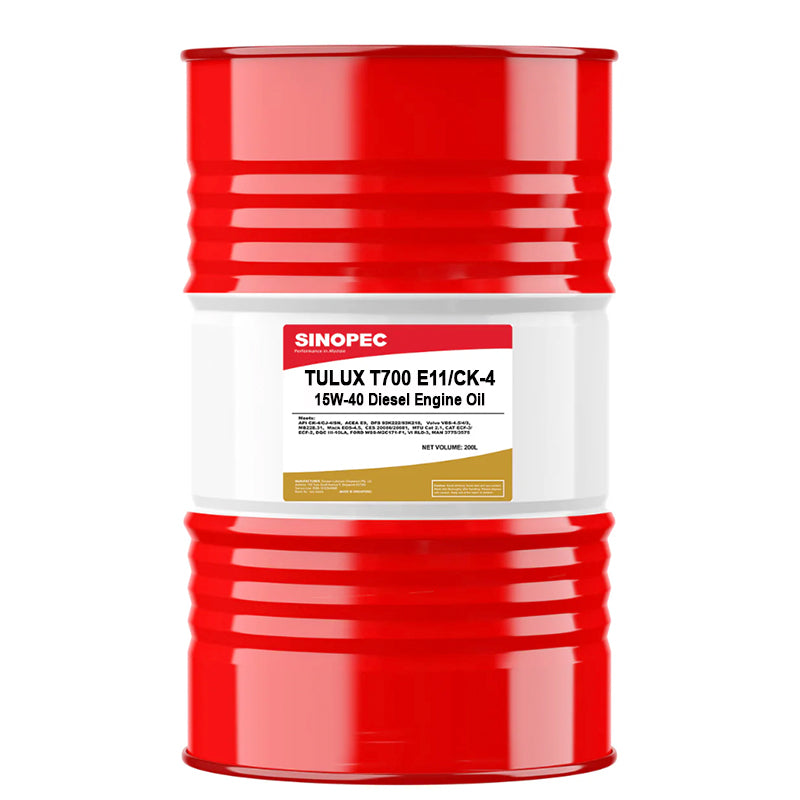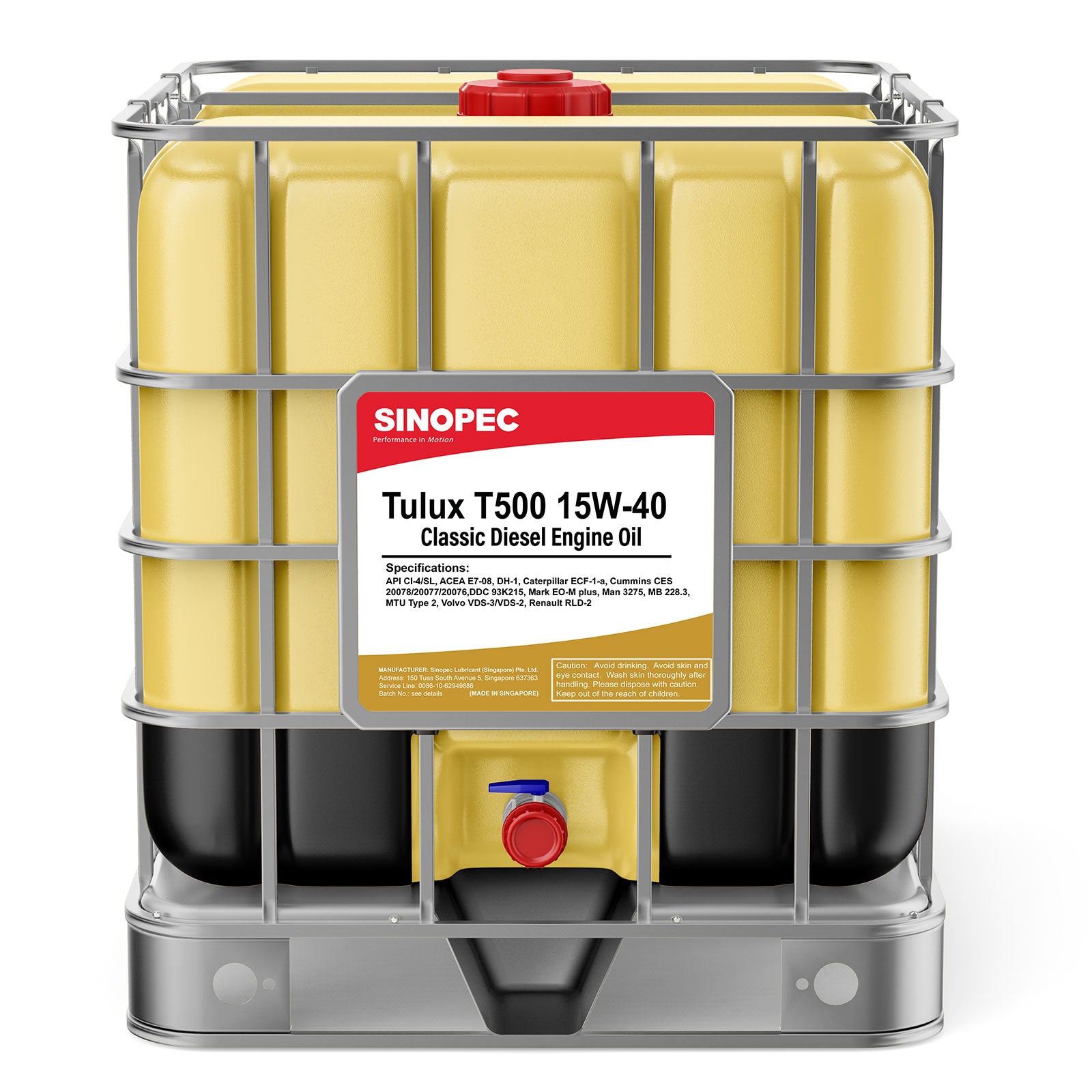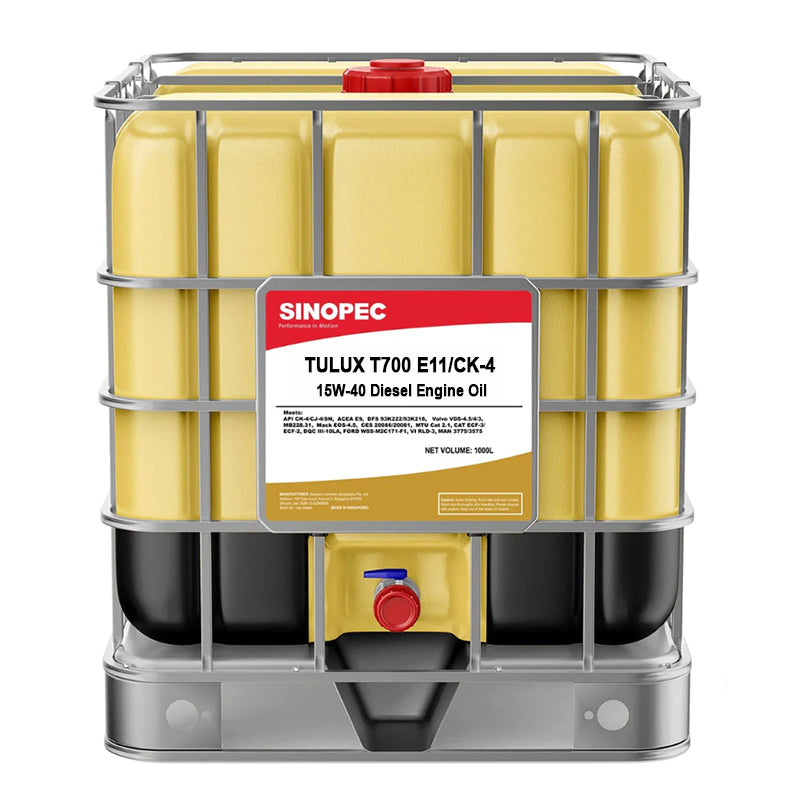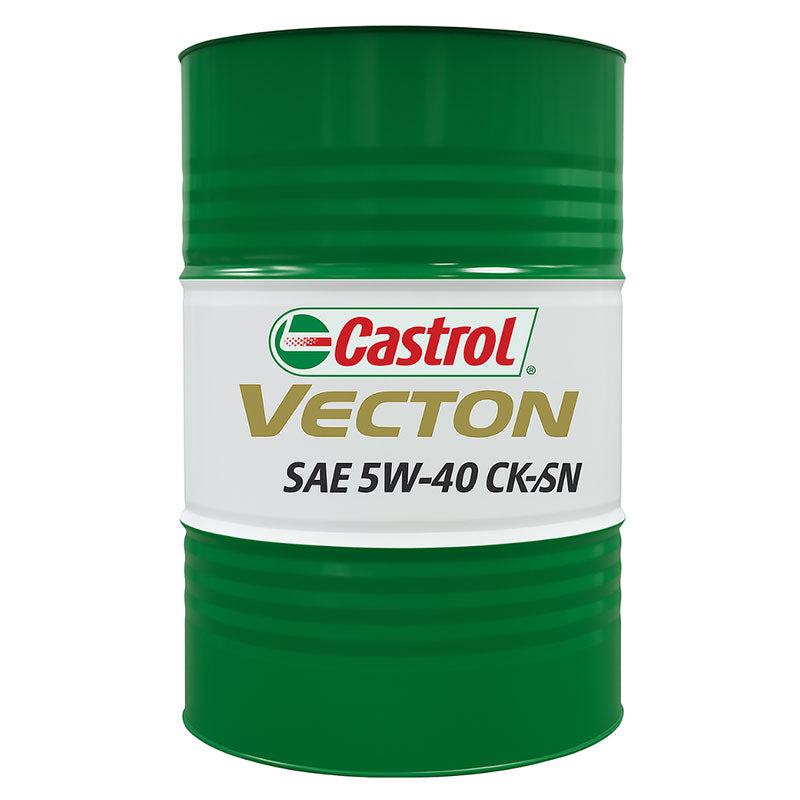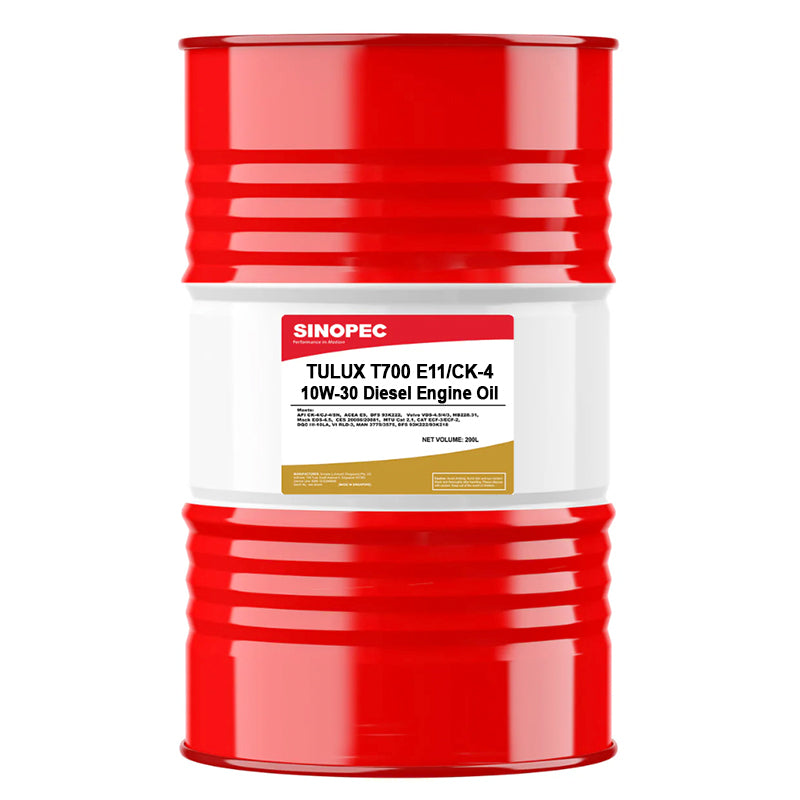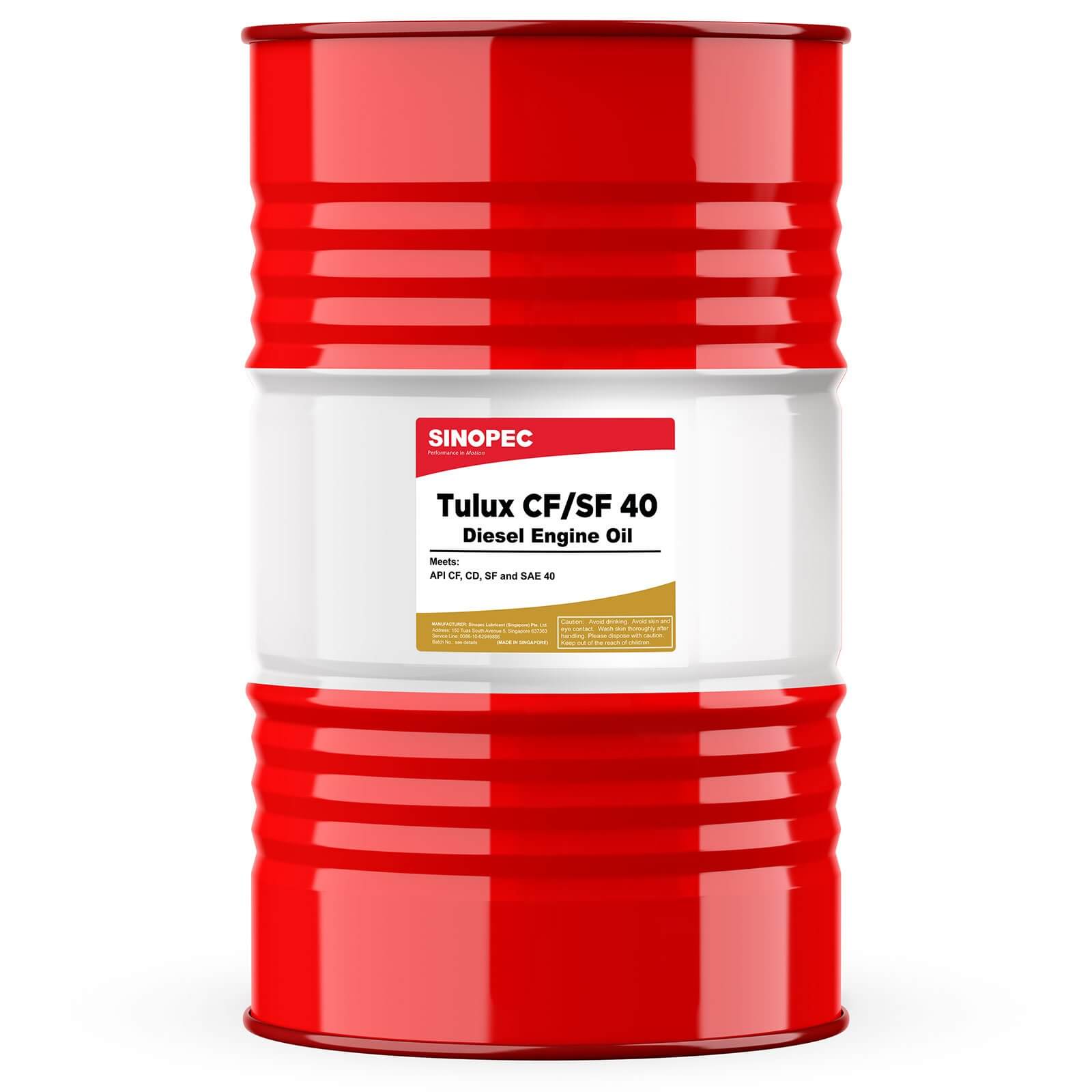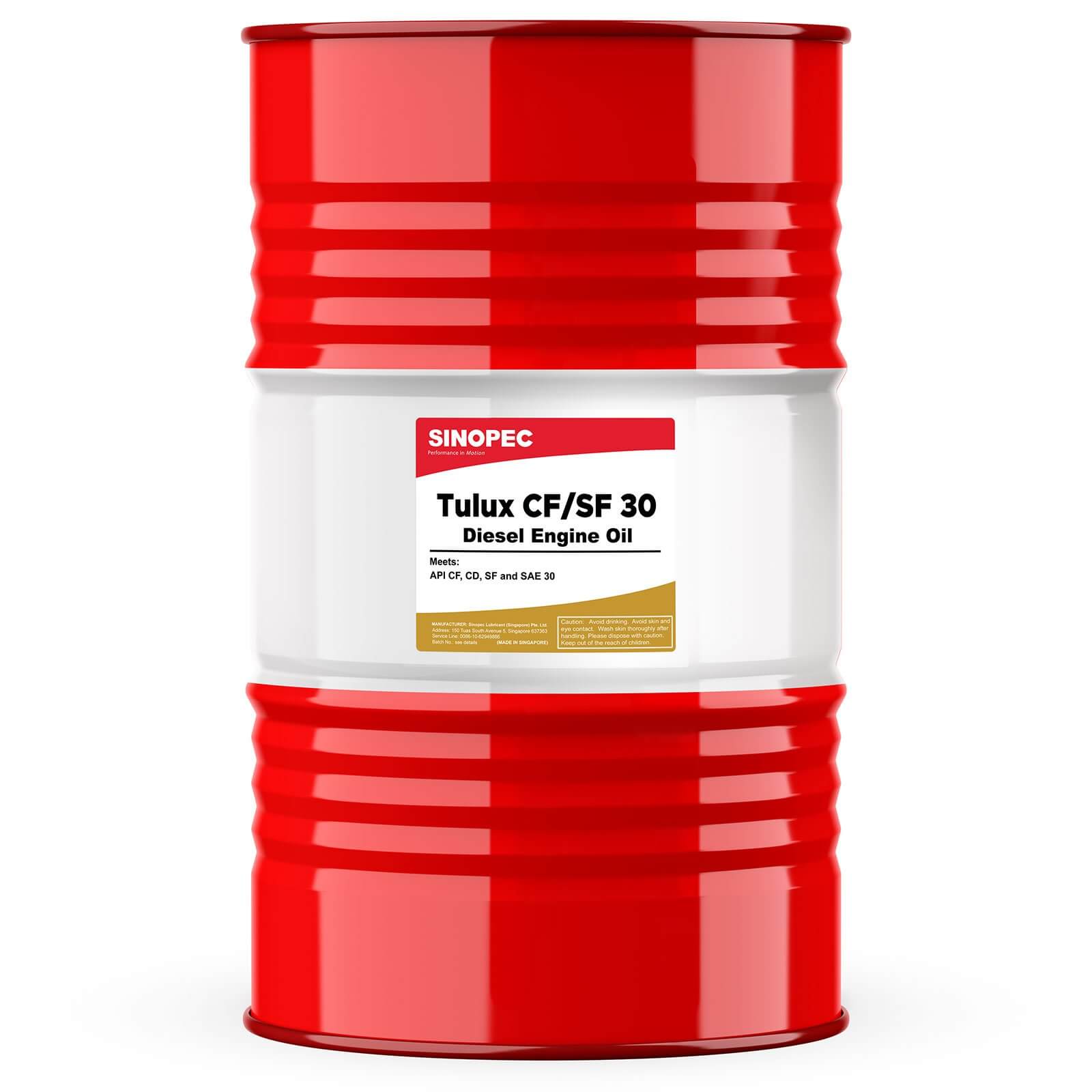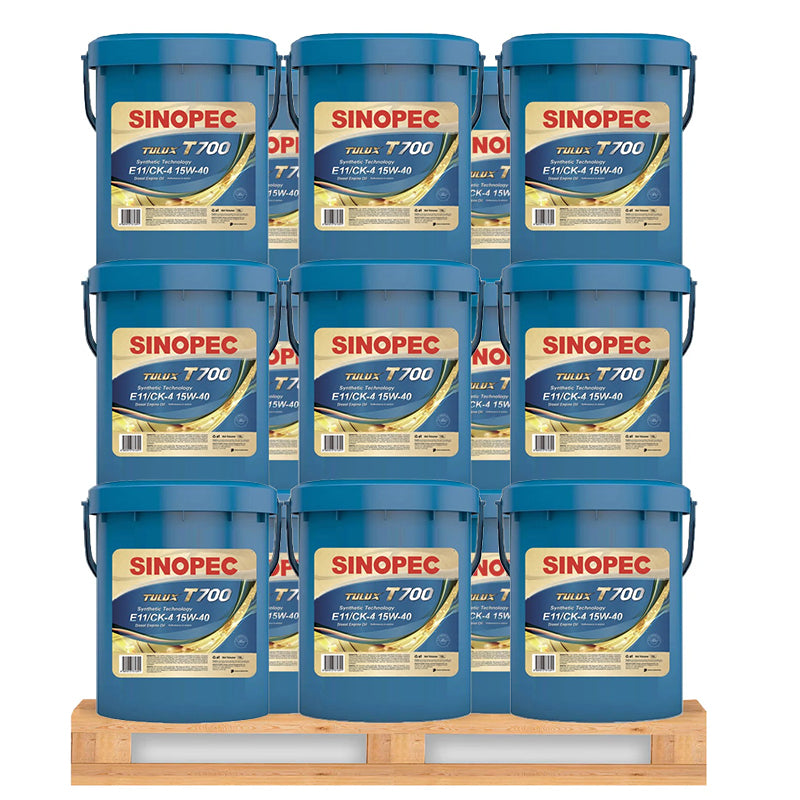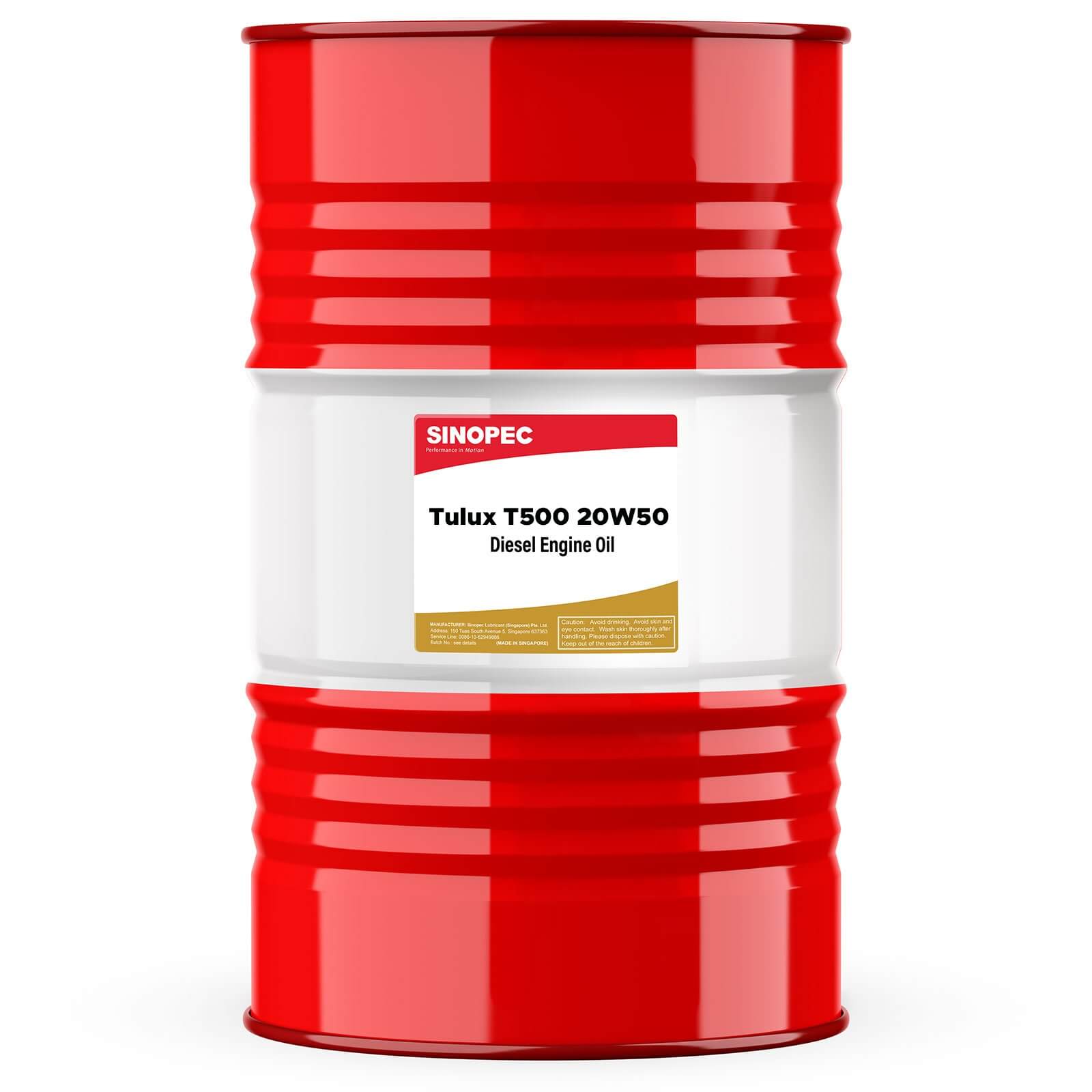1) Check Hydraulic Fluid Level Refer to maintenance chart for recommendations on hydraulic oil. Note: Platen should be in the fullest up position when checking fluid level. Reservoir should be filled to ¾ level on sight gauge. Hydraulic system pressure has been factory set and entire unit operated prior to shipment. 2) Check Motor Rotation Caution: Make sure personnel and material are clear of bale chamber. Danger: Never place any part of body inside bale chamber or in area between platen and top of baler. Danger: Stay clear of moving parts while performing this operation a) Close bale chamber and feed gate b) Turn disconnect on c) Check motor rotation by watching hub coupling through slot in pump-to-motor adapter. Have someone turn on the key switch and press the auto cycle button for one second then immediately press the stop button. Caution: If pump rotates backwards, stop immediately. Pump will be damaged if run in reverse for even short periods of time. Turn off and lock out/tag out baler, have certified electrician change the phase rotation 3) Check Interlocks The baler is equipped with an electrical interlock which prevents the use of the “auto cycle” function when the feed gate is up or when the door is open. If the “auto cycle” starts the baler when the feed fate is up or the main door is open, discontinue immediately lock out/tag out until the repairs have been made. • Press “auto cycle” the platen should make a complete cycle down and up. When the platen is in its fully raised position the feed gate should automatically open and the motor should immediately shut down.
Monthly Maintenance 1) The hoses should be checked periodically to insure that they do not become worn before being replaced. All fighting’s should be kept tight and no leaks allowed in the hydraulic systems without immediate corrective measures. 2) Each month the baler should be lubricated and any material which has accumulated behind the platen should be removed. a) Grease door hinges b) Oil gate track c) Oil mechanical door lock 3) Check for any obvious unsafe conditions, such as worn electrical lines or operator obstructions in baler area. 4) Check oil level in hydraulic reservoir by sight gauge. 5) Check interlocks for proper operation. 6) Check functional operation of all standard controls (push-button, key switch, lights, etc.). See section on operation of controls. 7) Check hydraulic cylinder, cylinder pin and bolts for signs of leakage, wear or fatigue. 8) Check all decals and replace if damaged.
Recommended Hydraulic Fluid: AW-46 Hydraulic Fluid
TRASH COMPACTORS AND BALERS Vertical Baler Installation, Operating, and Service Manual

